Recently, at the headquarters of the Ministry of Health , Deputy Minister Nguyen Thi Lien Huong chaired an online meeting with 34 provincial and municipal Departments of Health across the country to continue developing and perfecting the Draft Circular guiding the functions, tasks, powers and organizational structure of commune, ward and special zone health stations, collectively referred to as commune health stations in provinces and centrally run cities.
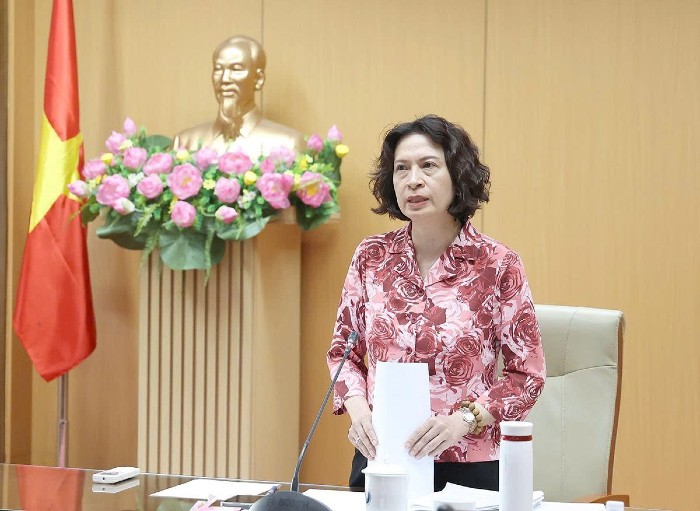 |
| Deputy Minister Nguyen Thi Lien Huong spoke at the meeting. |
According to the Ministry of Health, the development and implementation of this document is very important, aiming to institutionalize the conclusions of the Politburo and the Resolution of the National Assembly on the organization of the apparatus, decentralization, delegation of power and streamlining the political system, while at the same time being consistent with the two-level local government model being implemented.
Based on the review and replacement of Circular No. 33/2015/TT-BYT dated October 27, 2015, this draft Circular was assigned to the Department of Organization and Personnel to preside over the drafting, ensuring compliance with current laws and meeting practical requirements at grassroots health facilities.
As of mid-June 2025, the Ministry of Health had collected opinions from affiliated units and 63 provinces and cities, recording 56 responses, of which 37 units provided specific comments.
At the meeting, 14 Departments of Health participated and contributed many important opinions. Most of the opinions agreed with the name and scope of the Circular.
In terms of function, the commune health station is defined as a facility providing technical and professional services in disease prevention, primary medical examination and treatment, rehabilitation, maternal and child health care, elderly care, ensuring food safety, using drugs and vaccines, managing basic medical equipment, implementing population activities, social protection and other medical services according to the law.
Many localities have proposed to choose the option of making commune health stations a public service unit under the Department of Health, instead of being under the District Health Center as it is now. At the same time, some opinions also raised the issue of whether it is necessary to have specific regulations on health station ranking in the draft or not.
One of the major difficulties reported by the Departments of Health is the shortage of human resources, especially doctors in health stations in mountainous, remote and isolated areas. The target of having 4 doctors at each health station as required by current regulations is very difficult to achieve without a fundamental solution regarding human resources.
Representatives of the Departments and functional Offices under the Ministry of Health also discussed, answered and provided additional information to the Departments of Health on the functions, tasks, powers, organizational structure, personnel and implementation provisions of the draft, to ensure feasibility and consistency when implementing locally.
In her concluding remarks, Deputy Minister Nguyen Thi Lien Huong emphasized that public health care is always a top priority, clearly reflected in the resolutions, strategies and policies of the Party and State.
The Ministry of Health has proactively issued many policies to strengthen and enhance grassroots health care capacity right from the implementation of the two-level government model.
In particular, Resolution No. 72-NQ/TW of the Politburo issued on September 9, 2025, proposed a series of breakthrough solutions in the work of protecting, caring for and improving people's health. In particular, in the period of 2025-2030, localities must rotate at least 1,000 doctors each year to work for a limited time at commune health stations, and at the same time supplement the number of permanent doctors for the stations.
The resolution also sets a target that by 2027, each commune health station will have 4-5 doctors; 100% of health stations will be fully invested in facilities, equipment and human resources according to their functions.
In addition, many preferential treatment and allowance policies for professional staff are being implemented, ensuring income and working conditions for grassroots medical staff.
The Ministry of Health is also developing a national target program to support equipment, facilities and training for commune health stations.
In addition to resources from the central government, the Deputy Minister suggested that localities need to develop specific policies to develop commune-level health care and preventive medicine in accordance with the direction of Resolution 72.
Deputy Minister Nguyen Thi Lien Huong noted that it is necessary to redefine the role of commune health stations in the direction of focusing on primary health care and managing the health of the entire population, instead of focusing on specialized medical examination and treatment like hospitals. This is a model applied by many countries and has brought about clear results.
Therefore, in the process of completing the Circular, it is necessary to carefully review the functions and tasks of health stations to ensure suitability. In addition to the existing tasks, it is necessary to add groups of tasks related to social protection, children, periodic health check-ups, and chronic disease screening in the community, in accordance with the spirit of Resolution 72.
Regarding the model of organizing the Regional Health Center, the Deputy Minister affirmed that there is currently no document abolishing this center. In fact, some localities have large areas, medical stations are far from the provincial CDC, so maintaining the Regional Health Center plays a very important role in coordinating, monitoring, and responding to epidemics or public health events.
The Ministry of Health will continue to focus on perfecting the model of organizing commune health stations according to the direction of the Central Government. After it is stable and effective, we will consider the next steps of development that are more suitable to reality.
The Deputy Minister assigned the Department of Personnel Organization to preside over and coordinate with relevant Departments and Offices to review, edit, fully absorb comments, promptly complete and submit to the Ministry's leaders to issue the Circular on schedule.
Source: https://baodautu.vn/tram-y-te-xa-se-duoc-trao-them-quyen-va-bac-sy-de-cham-soc-suc-khoe-toan-dan-d392776.html





![[Photo] Prime Minister Pham Minh Chinh chairs a meeting of the Government Standing Committee to remove obstacles for projects.](https://vphoto.vietnam.vn/thumb/1200x675/vietnam/resource/IMAGE/2025/10/06/1759768638313_dsc-9023-jpg.webp)

![[Photo] Prime Minister Pham Minh Chinh chaired a meeting of the Steering Committee on the arrangement of public service units under ministries, branches and localities.](https://vphoto.vietnam.vn/thumb/1200x675/vietnam/resource/IMAGE/2025/10/06/1759767137532_dsc-8743-jpg.webp)


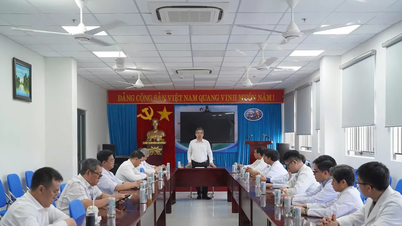

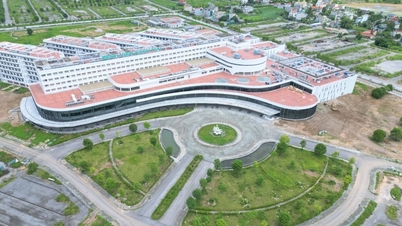

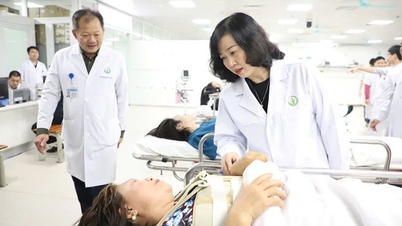
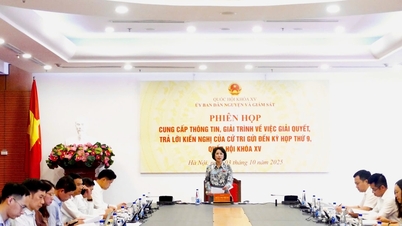

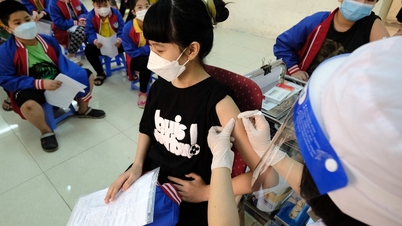



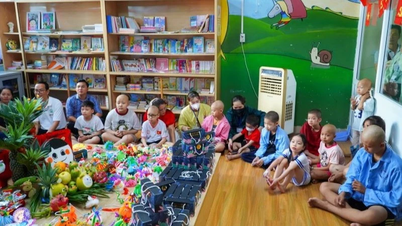

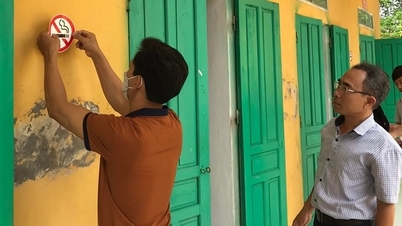

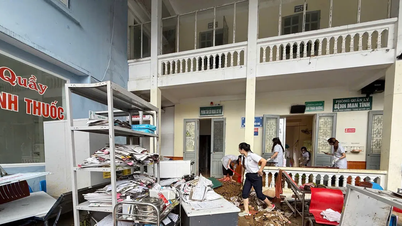
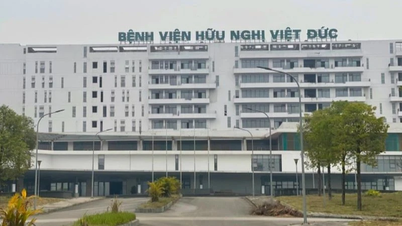

























































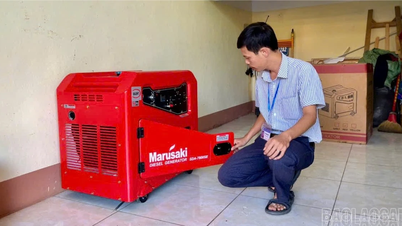


















Comment (0)